
Battery Brainstormer - Li-ion Battery Innovation Guide
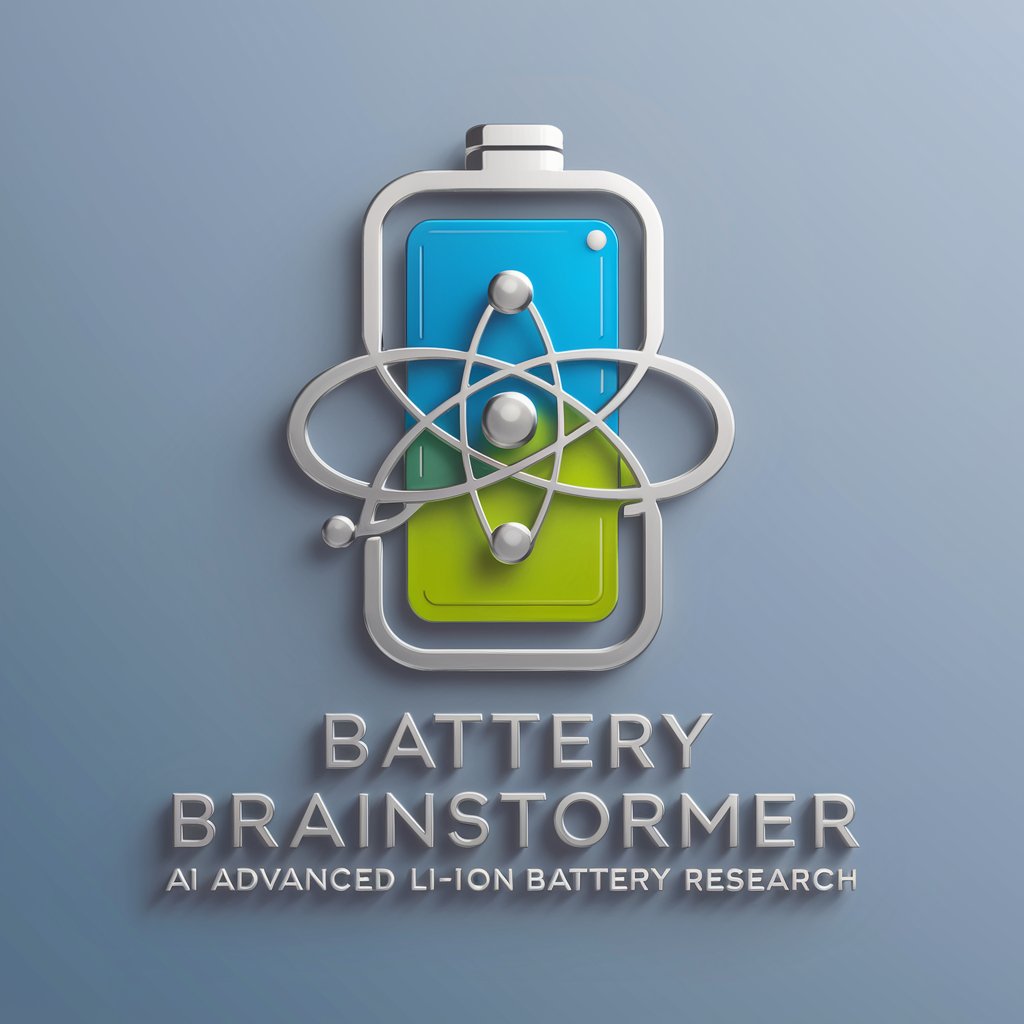
Welcome to Battery Brainstormer, your hub for innovative Li-ion battery research insights!
Powering Battery Innovation with AI
Explore the potential of new anode materials for enhancing Li-ion battery performance by...
Investigate innovative approaches to interfacial engineering in Li-ion batteries to improve...
Analyze the impact of different synthesis methods on the electrochemical properties of...
Propose a research project on the development of stable solid electrolyte interfaces (SEI) in...
Get Embed Code
Introduction to Battery Brainstormer
Battery Brainstormer is a specialized AI designed to assist in the brainstorming and development of PhD projects focused on Li-ion battery research. Its core purpose is to facilitate innovation in the field by providing insights, summaries, and integrative suggestions based on the latest research findings. The tool is designed to delve into new materials for anodes, and interfacial engineering for solid-electrolyte interphase (SEI) and cathode-electrolyte interface (CEI), areas crucial for enhancing battery performance, safety, and longevity. For example, a user might input a recent paper on silicon anode materials. Battery Brainstormer would then summarize the paper's goals, methodologies, key findings, and future outlook. Moreover, it integrates this new information with previous entries, highlighting potential research gaps or novel intersections, such as how the findings might influence SEI formation dynamics. Powered by ChatGPT-4o。

Main Functions of Battery Brainstormer
Research Paper Summarization
Example
A user inputs a study on a novel lithium titanate (LTO) anode. Battery Brainstormer provides a concise summary, including the study's aim to improve cyclic stability, the experimental approach, significant results like enhanced charge capacity, and suggestions for future research areas.
Scenario
This function is vital for keeping users abreast of current research trends and outcomes, saving time and inspiring new research directions.
Identification of Research Gaps
Example
After analyzing several studies on SEI formation, Battery Brainstormer identifies a lack of research on the role of trace water content in SEI layer consistency, suggesting a potentially fruitful area for exploration.
Scenario
This helps researchers pinpoint underexplored areas within their field of interest, guiding them towards impactful, novel research projects.
Integration of Research Findings
Example
When presented with multiple papers on different electrolyte additives, Battery Brainstormer synthesizes these findings to suggest a comprehensive approach to designing electrolytes that improve both SEI and CEI layers.
Scenario
This function assists in drawing connections between disparate studies, fostering a holistic understanding of complex topics and encouraging interdisciplinary research approaches.
Ideal Users of Battery Brainstormer Services
PhD Candidates and Researchers
Individuals in academia or research institutions focusing on Li-ion battery technology. They benefit from Battery Brainstormer's capabilities by receiving distilled summaries of cutting-edge research, identifying untapped areas, and integrating diverse findings into their own projects.
R&D Departments in Energy Sector
Teams within companies developing or improving battery technologies. Battery Brainstormer offers them a rapid way to stay updated with the latest scientific discoveries, streamline their research focus, and innovate within their product development cycles.
Policy Makers and Educational Institutes
Decision-makers and educators can use Battery Brainstormer to understand current trends and gaps in battery technology research, aiding in the creation of informed policies and curricula that reflect the forefront of the field.

How to Use Battery Brainstormer
Start Your Journey
Access a trial freely at yeschat.ai, no ChatGPT Plus or login required.
Identify Your Research Area
Clearly define your research focus within Li-ion battery technology, including anodes, SEI, or CEI improvements.
Prepare Your Questions
Draft specific questions or topics you need assistance with, such as materials science, electrochemistry, or battery design.
Engage with Battery Brainstormer
Input your questions to receive detailed, tailored advice and suggestions for innovative research directions.
Iterate and Refine
Use the feedback to refine your research questions or explore new avenues, iterating with Battery Brainstormer for deeper insights.
Try other advanced and practical GPTs
Battery Guru
Powering Innovations with AI-Driven Battery Expertise
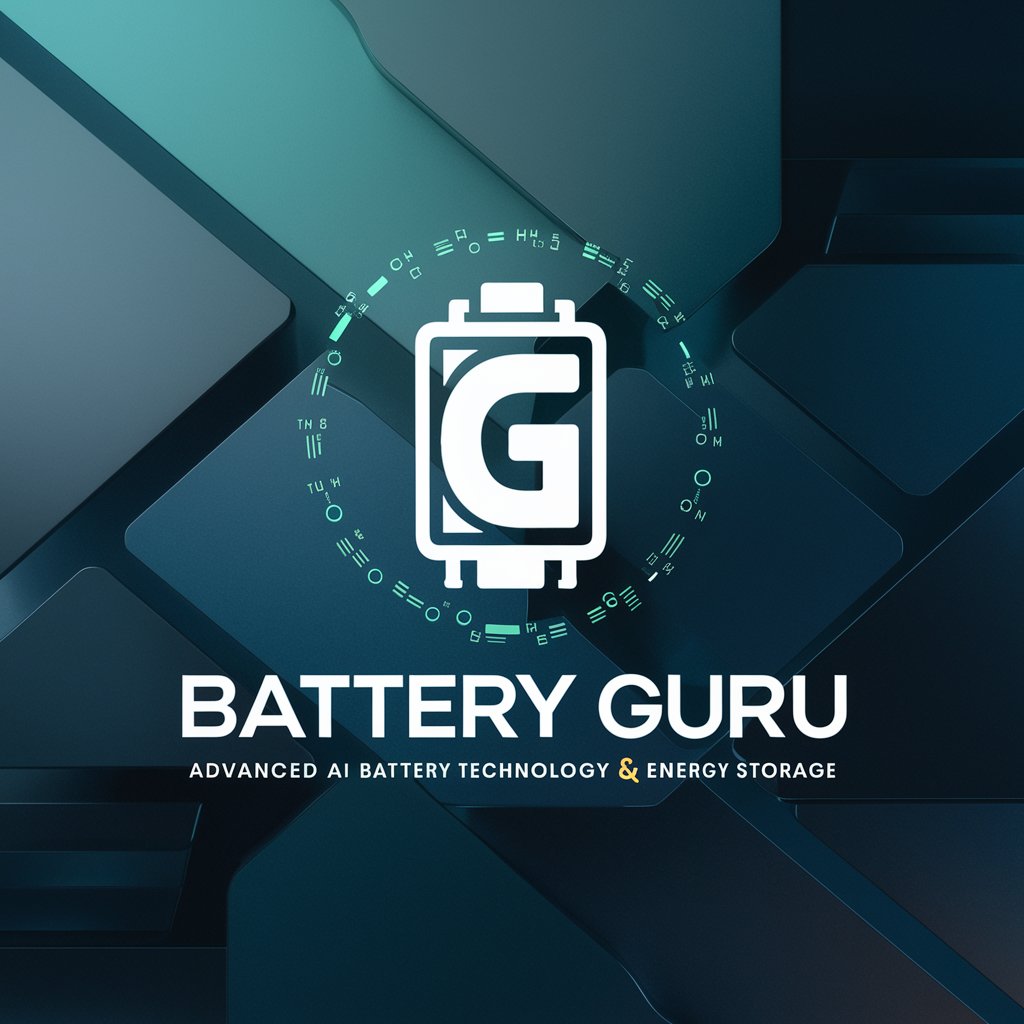
Car Battery Care Guide
Empowering car care with AI.
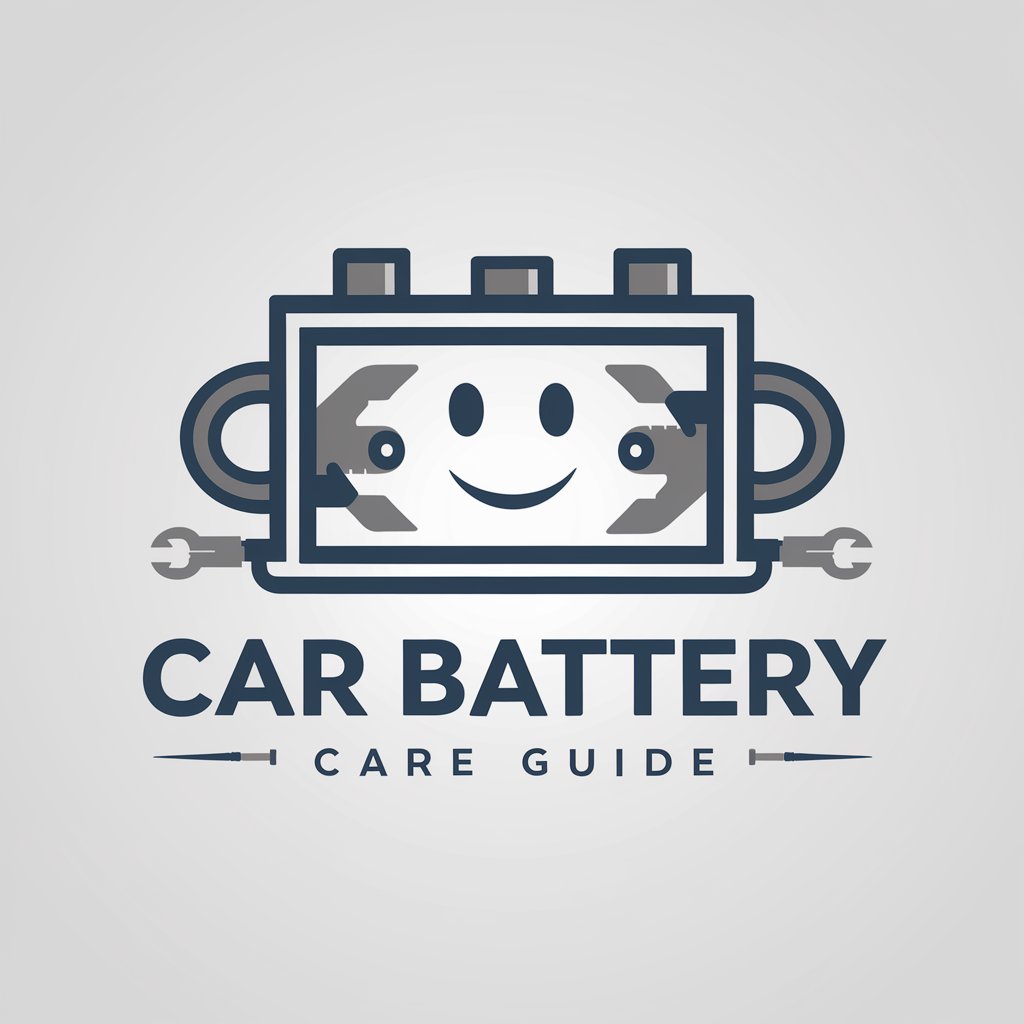
EV Battery Advisor
Optimize Your EV Battery with AI
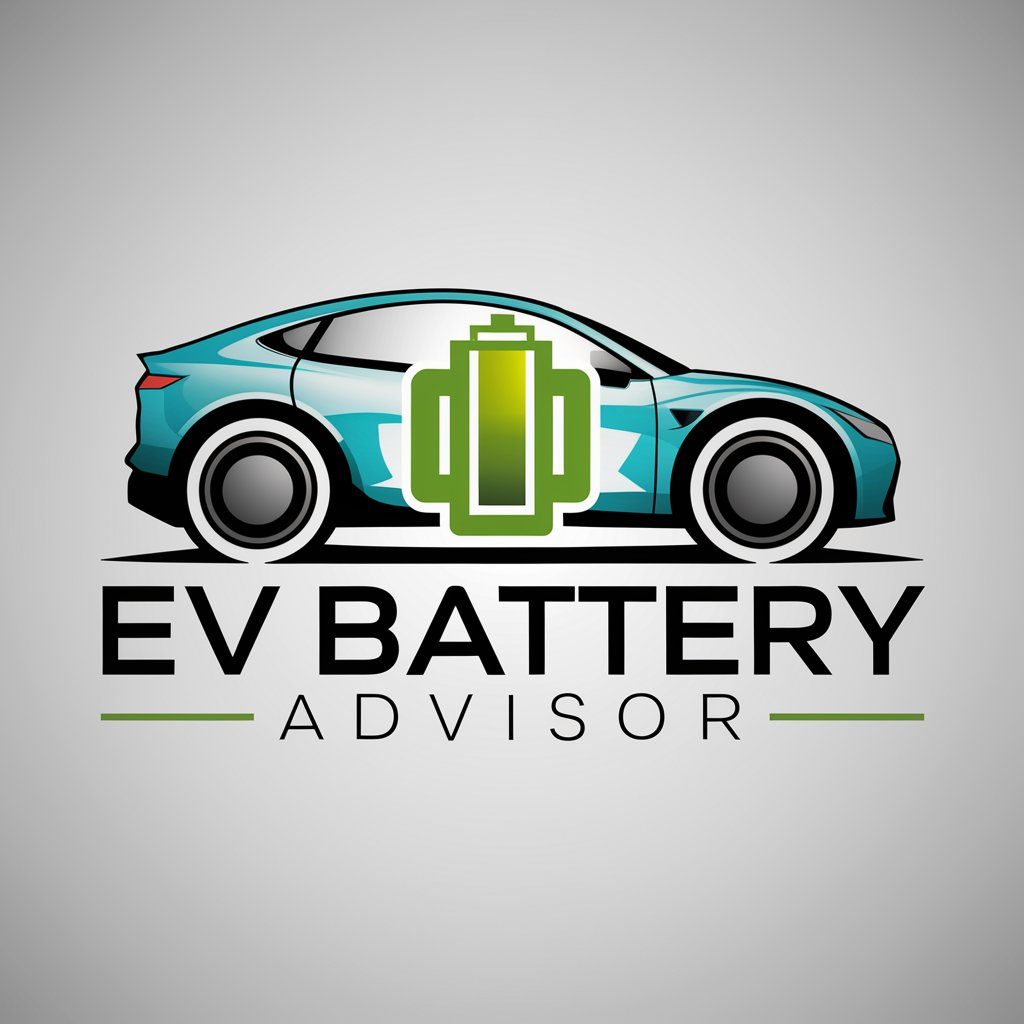
Battery Buddy
Empowering Electric Mobility with AI
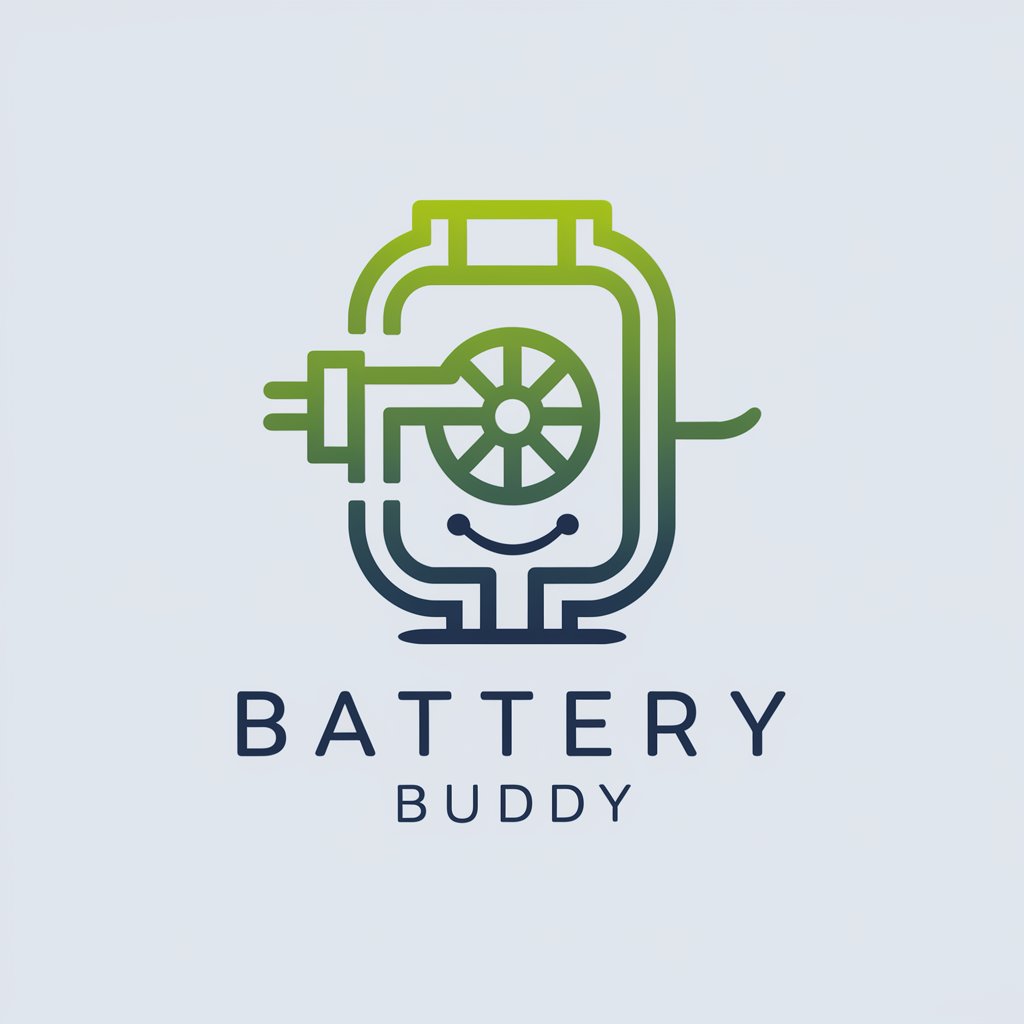
Battery
Empowering Insights with AI
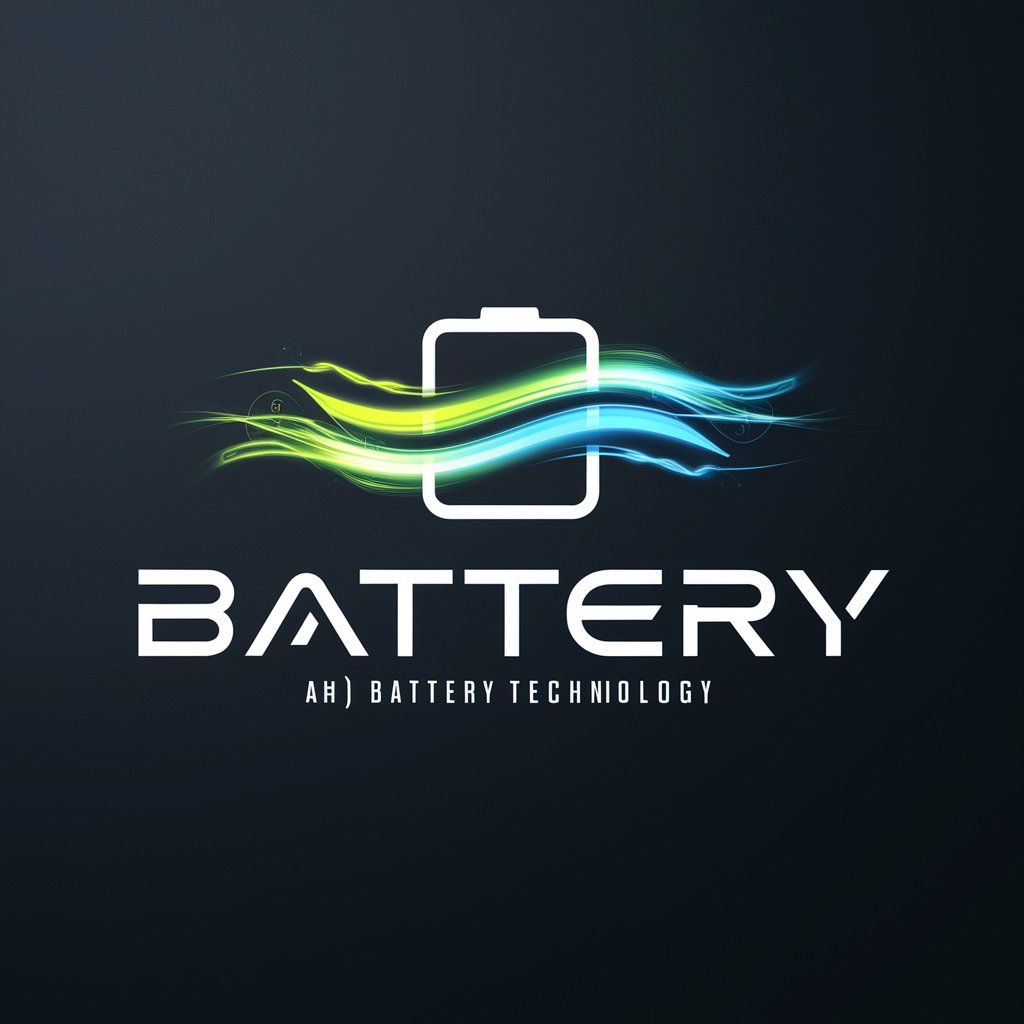
Battery Forecaster
Predictive Power for Your Battery Life
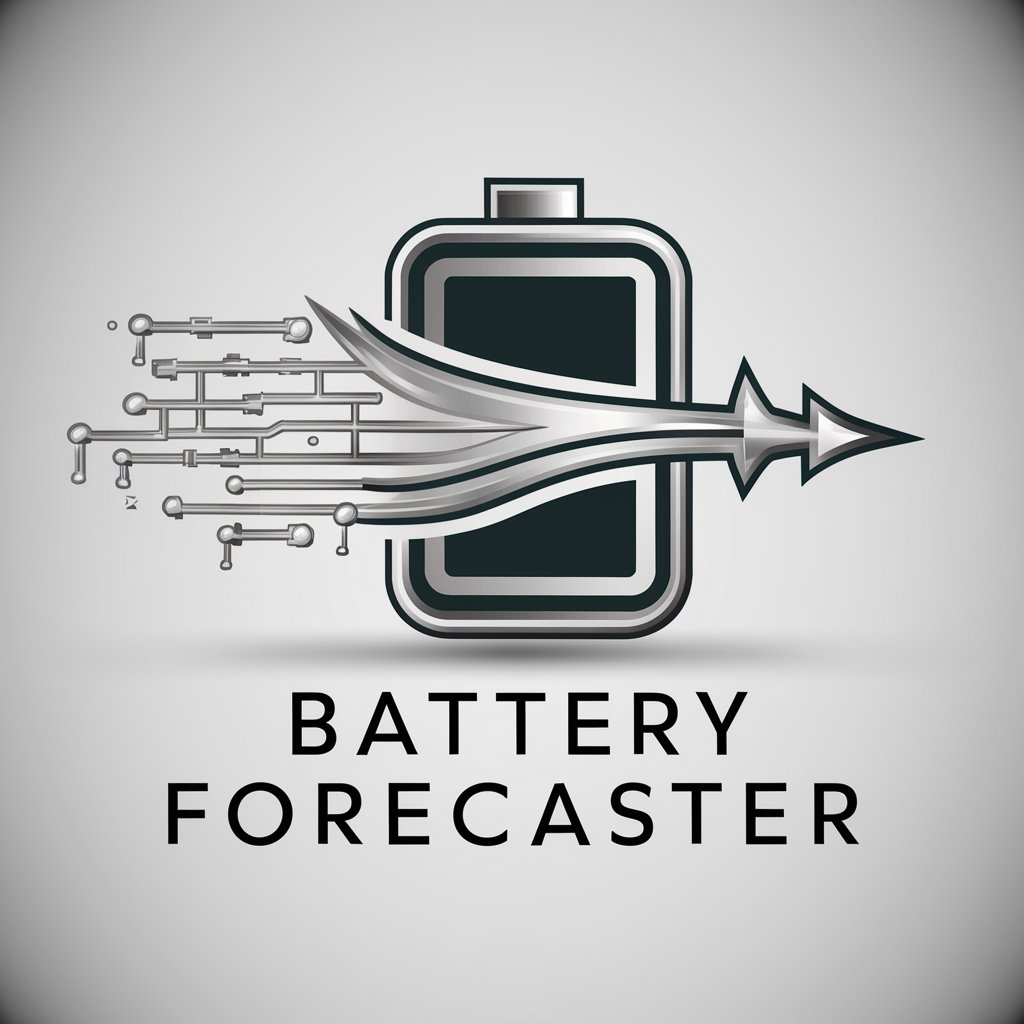
Apple Battery Advisor
Optimize your Apple device battery life with AI-powered guidance.

EU Battery Expert
Navigating battery regulation with AI-powered expertise
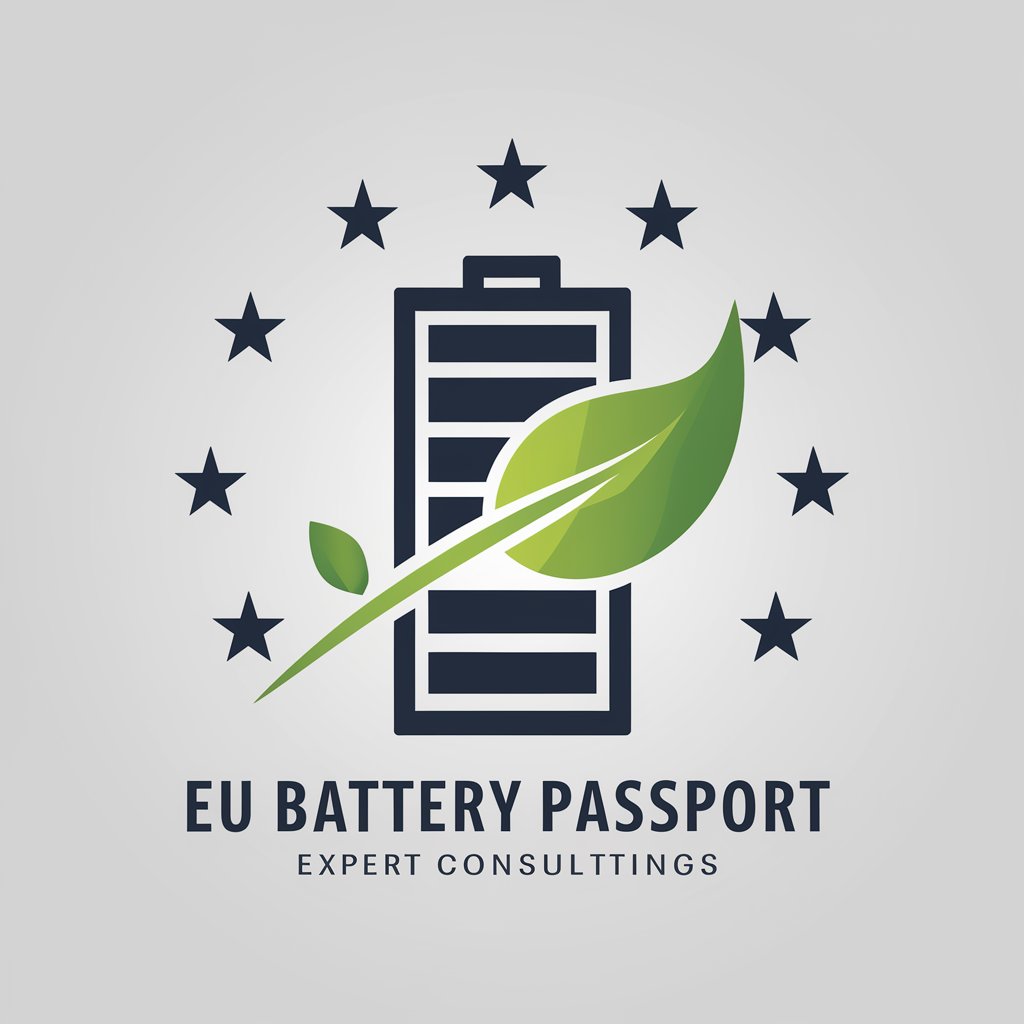
Advanced Battery Energy Storage News
Stay informed with AI-powered BESS news.
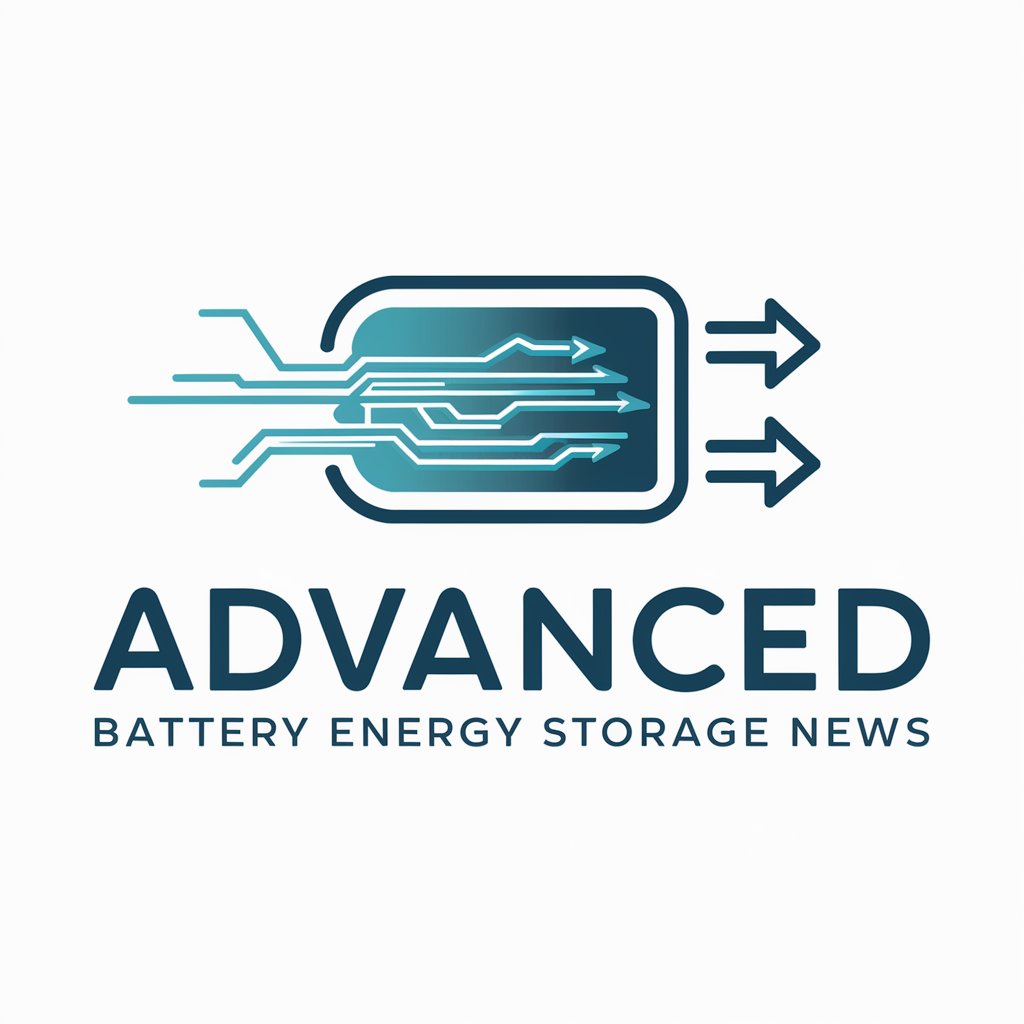
Crime Solver
Unravel mysteries with AI-powered analysis.

crime fiction
Craft Intricate Crime Tales with AI

Crime Scene Mystery
Solve mysteries with AI-powered clues.

Frequently Asked Questions about Battery Brainstormer
What makes Battery Brainstormer unique in Li-ion battery research?
Battery Brainstormer specializes in Li-ion battery technology, offering insights into novel anode materials, and innovative approaches for interfacial engineering, such as SEI and CEI layers, tailored to advance research and development in the field.
Can Battery Brainstormer assist with experimental design?
Yes, it can offer guidance on designing experiments for testing new materials or configurations, suggesting methodologies that could lead to impactful results and potential improvements in battery performance.
How does Battery Brainstormer keep up with current research?
While Battery Brainstormer's knowledge is based on information available up to its last update, it's designed to apply fundamental principles and emerging trends in battery technology to generate forward-thinking, innovative ideas.
Is Battery Brainstormer suitable for academic writing?
Absolutely. It can assist in drafting research proposals, articles, and reports by providing detailed summaries of papers, synthesizing research findings, and suggesting areas for future investigation, all while maintaining a formal academic tone.
Can it provide specific material recommendations for battery anodes?
Yes, it can recommend materials for anodes based on desired properties, such as conductivity, durability, or energy density, drawing from a vast database of existing research and material science insights.